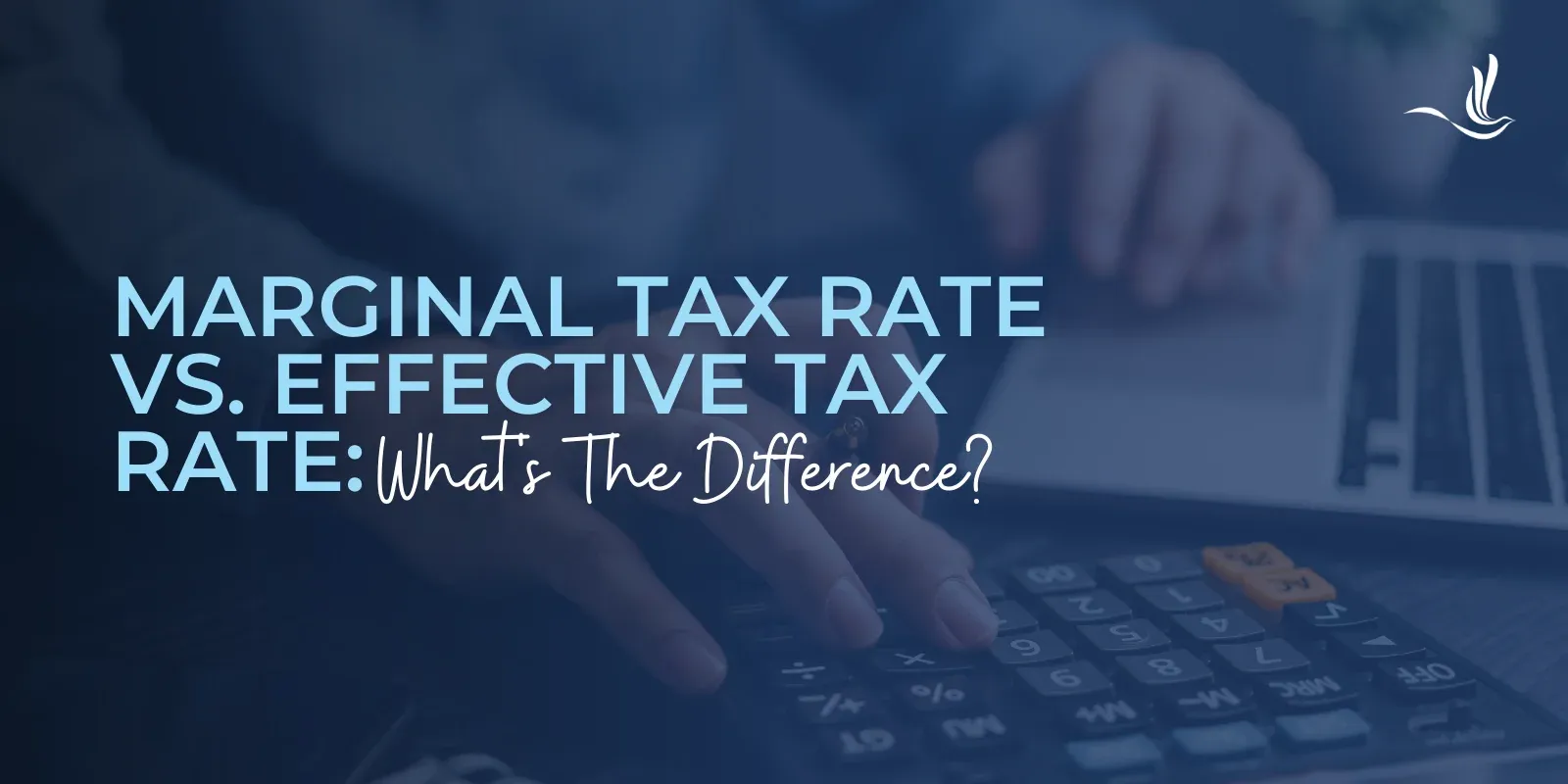As digital products and technology platforms evolve, so do the complexities around how they’re taxed. From bundled services to shifting definitions across state lines, staying compliant isn’t just about filing returns, it starts with knowing exactly what you’re selling and where you're on the hook for tax obligations.
Whether you're offering SaaS, telecom, or a hybrid of both, your classification and documentation strategies can make or break your compliance efforts. If you're unsure whether your business is on the right path, this checklist can help you identify gaps and prevent costly mistakes down the road.
- Are all products and services accurately defined and classified?
The first step to compliance is clarity. Take stock of every product and service you offer and define it based on functionality, not just how it’s marketed.
Does it transmit data or voice? Is it information-based or purely software-driven? These definitions influence whether you’re subject to sales tax, communications tax, regulatory fees, or all three.
- Have you identified and broken out bundled service components?
Modern platforms are rarely one-dimensional. Voice, messaging, storage, analytics, and automation often live in a single offering.
But from a tax standpoint, each component could be taxed differently. Untangling your bundles and understanding the “true object” of each product is key to charging and remitting the right tax.
- Do your contracts, invoices, and marketing materials align with your classifications?
Consistency builds credibility - especially in the event of an audit. If your marketing says one thing but your invoice says another, you could face scrutiny. Make sure your outward-facing materials support your tax positions and clearly reflect how services are billed and delivered.
- Have you accurately determined where you have nexus?
Nexus rules vary depending on your product type.
For telecom services, having just one customer in a state could create nexus due to infrastructure use. SaaS providers, on the other hand, may follow traditional economic or physical presence thresholds. Review your footprint regularly to ensure you’re registered and collecting tax where required.
- Is your valuation and allocation methodology audit-ready?
If you’re unbundling services for tax purposes, your pricing strategy must hold up under scrutiny. Whether you use a la carte pricing, cost-plus, or market benchmarks, your methodology should be consistent and clearly documented.
Having this in place protects your business during audits and supports your compliance strategy.
- Have you consulted with product teams to verify service functionality?
Don’t make assumptions. Work with your product and engineering teams to understand exactly how your services function behind the scenes. A seemingly minor feature, like voice calling or messaging, could shift your product into a different tax category entirely.
- Have you engaged a tax expert to review classifications and filings?
State and local tax laws are constantly evolving and so are regulatory interpretations. A tax partner can help you validate your product classifications, spot red flags, and ensure your filings are accurate and defensible.
It’s not just about staying compliant, it’s about staying ahead.
Sales and telecom tax compliance isn’t just a minor task - it’s a priority. As states continue to ramp up audits and crack down on misclassifications, taking a proactive approach now can save your business time, money, and reputation later.
If you're unsure where you stand, now is the time to act. TaxConnex helps technology, SaaS, and telecom providers manage their sales and telecom tax obligations accurately, efficiently, and without the in-house burden. And for more information on this topic, be sure to check out our eBook - Deciphering Tax Obligations: Accurately Defining Your Technology Solution for Tax & Regulatory Compliance.
Ready to check your compliance boxes? Get in touch with our team today.
Disclaimer: This story is auto-aggregated by a computer program and has not been created or edited by finopulse.
Publisher: Source link








